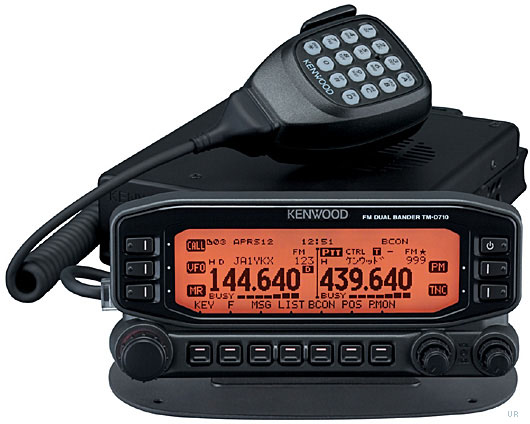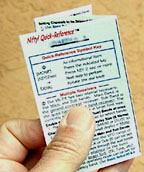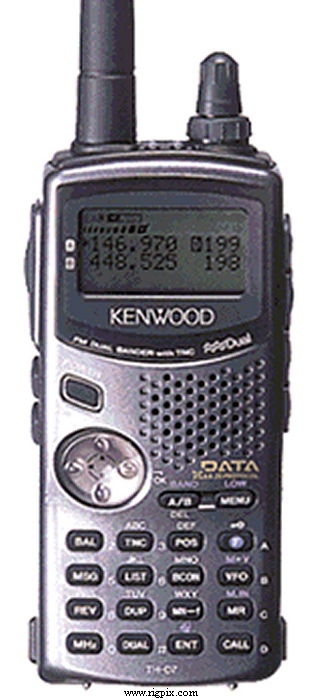I’ve been having fun using my TH-D7A with the UI-View32 setup at the home QTH. The commands below allow me to send a message from my TH-D7A back to my home rig and get a specified response:
?APRSP – sends back a location beacon.
?APRSS – sends back the status text.
?APRSO – sends back your active objects.
?APRSD – sends back a list of stations that have been heard direct.
?APRST (or ?PING?) – sends back the route by which the query was received.
?APRSH – sends back information on when was last heard.
?VER? (not an APRS query, but some APRS software supports it) – sends back information on the software version in use.
With “Remote commands” enabled in UI-VIEW, you can send the following commands that are specific to UI-VIEW
QAS – causes your system (the Ui-VIEW station) to Query All Stations.
QWS – causes your system (the Ui-VIEW station)to Query WX Stations.
BCN – causes your system (the Ui-VIEW station)to send a beacon.
LGS (or LG1) – enables logging at (the Ui-VIEW station),
using a log file named according to the date.
(This command must come from the station callsign.)
LGX (or LG0) – disables logging at (the Ui-VIEW station). (This
command must come from the station callsign.)
DX – causes your system (the Ui-VIEW station) to send an abbreviated best DX report.
!program – when sent to (the Ui-VIEW station) runs a program in the RCOMMAND directory



 I eventually figured out how to set the tone and was on the repeater with the other folks. Then with a bit more thought and troubleshooting, I discovered my feedline connection to the rig had come loose and with that fixed I was back in business. Part of the problem is that I have a relatively new rig in the truck, the Kenwood TM-D710A. It is a very complicated rig and I have only scratched the surface on how to operate it. I was able to interface it with the Garmin Nuvi 350 thanks to a cable from
I eventually figured out how to set the tone and was on the repeater with the other folks. Then with a bit more thought and troubleshooting, I discovered my feedline connection to the rig had come loose and with that fixed I was back in business. Part of the problem is that I have a relatively new rig in the truck, the Kenwood TM-D710A. It is a very complicated rig and I have only scratched the surface on how to operate it. I was able to interface it with the Garmin Nuvi 350 thanks to a cable from 

 I have been using my Davis Vantage Pro2 weather station along with the
I have been using my Davis Vantage Pro2 weather station along with the 


